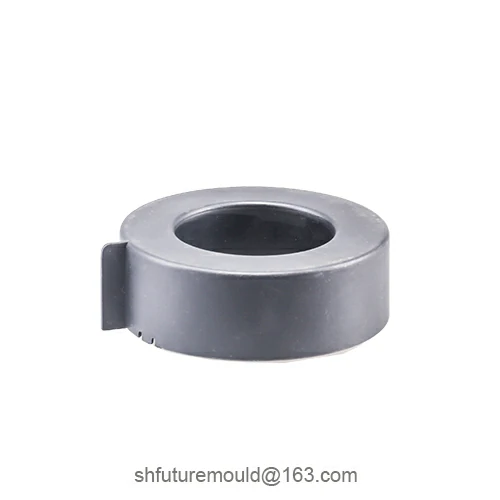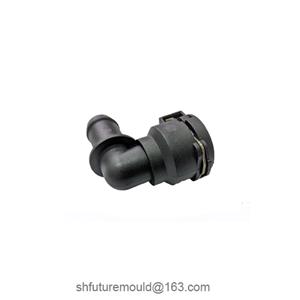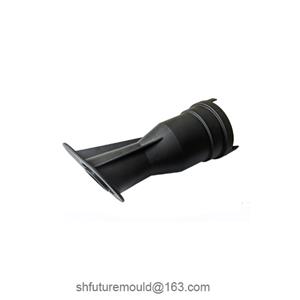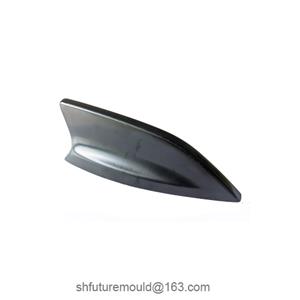What are the cooling methods for injection molds?
The design of the cooling system in an injection mold directly affects molding efficiency, product dimensional accuracy, and residual stress distribution.
(1) Straight-through Cooling
Straight-through cooling channels are machined inside the mold cavity or core, and heat exchange is achieved by circulating cooling water (or oil).
Advantages: Simple structure, low machining cost.
(2) Recirculating Cooling
U-shaped pipes in multiple series or parallel connections are used to form a closed-loop circuit, improving cooling uniformity.
Key point: It is necessary to ensure that the spacing between the pipes is consistent (usually 3-5 times the diameter of the hole) to avoid cooling blind spots.
(3) Jet Cooling
A jet pipe is arranged inside the deep cavity or slender core, and the high-speed water flow directly impacts the high-temperature area.
Advantages: The cooling efficiency is increased by more than 30%, which is suitable for deep cavity structures.
(4) Baffle Cooling
Metal baffles are inserted into the cooling pipe to guide the water flow to form turbulence and enhance the heat transfer effect.
Typical scenario: Used for high-gloss molds to eliminate surface weld lines.
(5) Auxiliary Cooling Technology
Beryllium copper inserts: High thermal conductivity materials (such as beryllium copper) are embedded in local high-heat areas to accelerate heat dissipation.
Gas cooling: For special materials (such as PEEK), compressed air is used for forced cooling.
- Injection Mold
- Automotive Injection Mold
- Electronics & Electrical Injection Mold
- Consumer Goods Injection Mold
- Airplane Components Injection Mold
- Medical Components Injection Mold
- Irrigation Components Injection Mold
- Injection Molds




